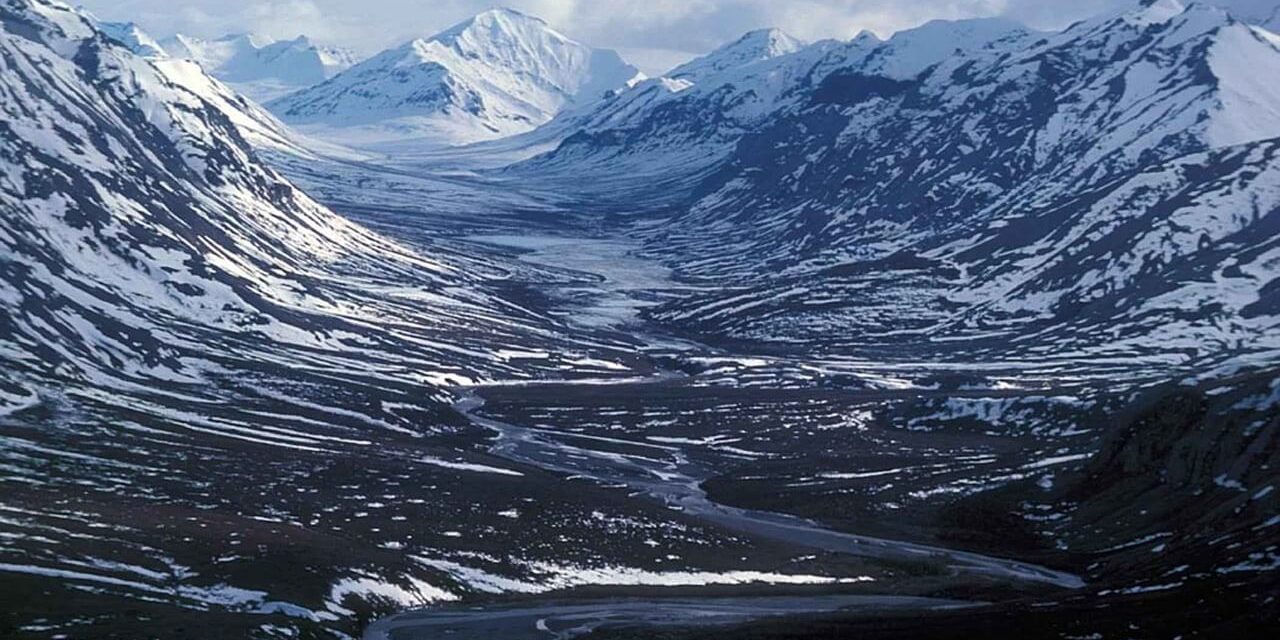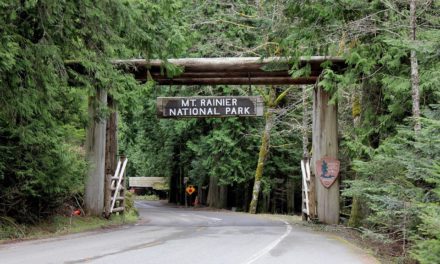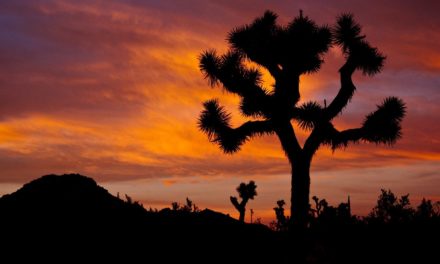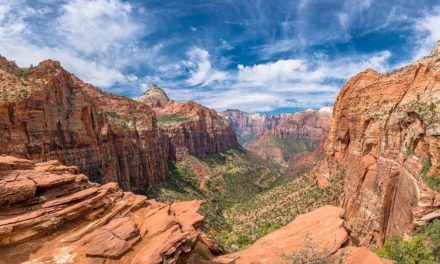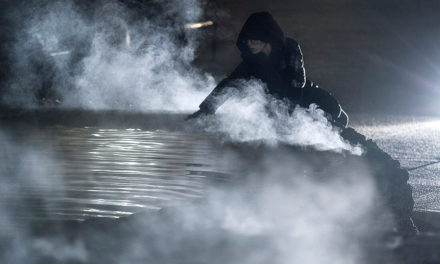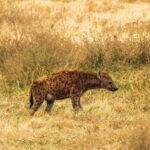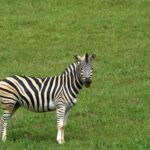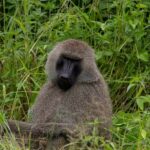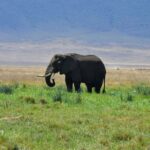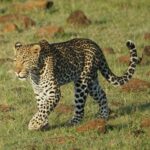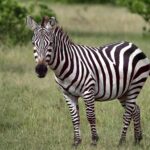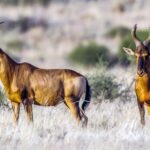Table of Contents
Overview / About the Park
Gates of the Arctic National Park lies entirely above the Arctic Circle in northern Alaska. It spans nearly 8.4 million acres, making it the second largest national park in the United States.
There are no roads, trails, or visitor centers inside the park only untouched wilderness stretching across rugged mountains, glacier-carved valleys, and winding rivers.
Named by explorer Bob Marshall in the 1930s for the two tall peaks (Frigid Crags and Boreal Mountain) that frame the North Fork of the Koyukuk River, the park truly lives up to its name a gateway to the Arctic wild.
It’s one of the last places in North America where nature remains completely wild and free from human development.
Wildlife & Nature
This vast Arctic landscape is home to grizzly bears, wolves, Dall sheep, moose, and caribou that migrate through in huge herds.
Birds such as golden eagles, ptarmigans, and peregrine falcons nest in rocky cliffs and tundra plains.
The park’s ecosystems range from taiga forest in the south to tundra in the north, dotted with rivers like the Alatna, John, and Noatak all part of the park’s six designated Wild and Scenic Rivers.
Summers bring long daylight hours and wildflowers that blanket the tundra; winters turn the landscape into a frozen world of silence and northern lights.
Experiences & Activities
- Backpacking & Wilderness Camping: True adventure for experienced hikers. You’ll navigate by map and compass across open tundra, mountain passes, and river valleys.
- Rafting & Canoeing: Paddle the Alatna, Noatak, or Kobuk rivers for days of solitude and scenic beauty.
- Wildlife Viewing & Photography: Spot caribou migrations, golden eagles in flight, and midnight sun landscapes.
- Cultural Encounters: Visit nearby Anaktuvuk Pass, home to the Nunamiut Iñupiat people who have lived here for generations.
- Fishing: Arctic grayling and northern pike can be found in the park’s cold, clear waters.
- Scenic Flights: Most visitors start with an air taxi flight from Bettles or Coldfoot a breathtaking way to view the wilderness from above.
Best Time to Visit
The park is best visited from late June to early September. During this short Arctic summer, temperatures are mild, rivers are navigable, and wildflowers are in bloom. From October to May, the park is locked in winter conditions with extreme cold, limited daylight, and deep snow suitable only for expert expeditions.
The midnight sun shines almost 24 hours a day in midsummer, while auroras dance in the winter sky.
How to Reach & Park Entry
Nearest Access Points:
- Bettles, Coldfoot, and Anaktuvuk Pass all small Alaskan communities accessible by air.
- By Air: Visitors typically fly from Fairbanks via small aircraft. From there, bush planes can land on gravel bars or tundra strips within the park.
- By Road: The park has no direct road access. The Dalton Highway runs east of the park, but travelers must hike or fly in from there.
- Entry Fee: No entry fee. Visitors must be completely self-sufficient and obtain backcountry orientation information from the Bettles Ranger Station.
Where to Stay / Camping Options
- Backcountry Camping: There are no developed campgrounds. Visitors camp in the wild, following Leave No Trace practices.
- Bettles Lodge & Coldfoot Camp: Located outside the park these serve as comfortable bases before or after backcountry trips.
- Anaktuvuk Pass Village: Offers limited lodging options and opportunities to learn about Iñupiat culture.
- All stays within the park require self-sufficiency bring all gear, food, and survival equipment.
Travel Tips / Safety Notes
- There are no services, cell coverage, or marked trails. Navigation skills and experience in wilderness travel are essential.
- Be bear aware store food properly and keep distance from wildlife.
- Prepare for rapid weather changes, cold nights, and river crossings.
- Carry satellite communication or a GPS beacon in case of emergency.
- Always file a travel plan and check in with rangers before departure.
- Mosquitoes can be intense in summer; insect protection is crucial.
Packing List
- Durable backpack and waterproof tent
- Cold-weather sleeping bag (rated below freezing)
- Layered clothing for variable temperatures
- Insect repellent and head net
- Waterproof boots and rain gear
- Navigation tools (map, compass, GPS)
- Bear-proof food storage container
- Cooking stove and fuel (no fires recommended)
- Satellite phone or emergency beacon
- First-aid kit and repair tools
- Lightweight fishing gear (optional)
Visitor Statistics
Gates of the Arctic is one of the least visited U.S. national parks, receiving only about 12,000 visitors per year.
Its remoteness and lack of roads keep the wilderness pristine those who visit come seeking true solitude and raw, untouched nature.
Conservation & Responsible Tourism
The park preserves one of the largest intact ecosystems on Earth, protecting the Arctic tundra and the cultures tied to it.
Visitors are encouraged to:
- Follow Leave No Trace principles.
- Respect local Iñupiat heritage and subsistence traditions.
- Avoid disturbing wildlife and fragile tundra vegetation.
- Minimize flights or helicopter use to reduce noise and emissions.
Gates of the Arctic is not a park for casual sightseeing it’s a place to test your limits, feel small in a vast landscape, and experience the Arctic as it has existed for thousands of years: wild, silent, and profoundly humbling.

